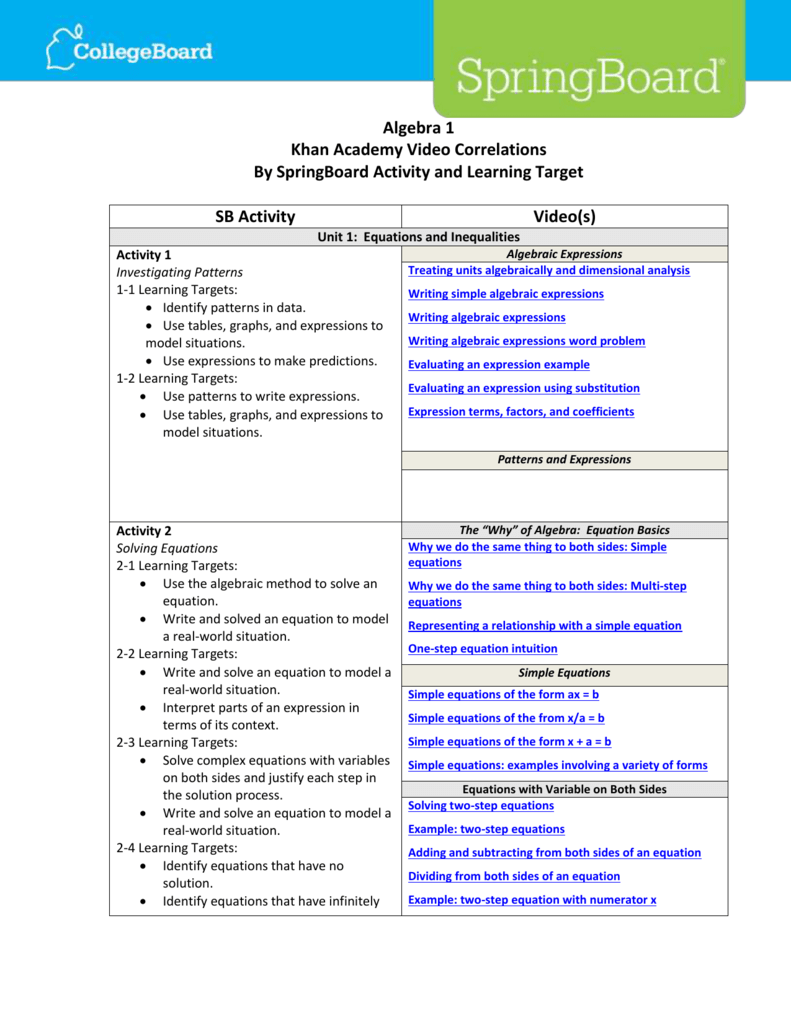
Had this data simply been graphed using a box plot, the values would average one another out, causing the distribution to look roughly normal. This is important because to improve processes, it is critical to understand what is causing these three modes. As seen in the two graphs to the left, the histogram shows that there are three peaks within the data, indicating it is tri-modal (three commonly recurring groups of numbers). The type of chart aid chosen depends on the type of data collected, rough analysis of data trends, and project goals.Ī histogram is highly useful when wide variances exist among the observed frequencies for a particular data set.


Both charts effectively represent different data sets however, in certain situations, one chart may be superior to the other in achieving the goal of identifying variances among data. Comparing Histograms and Box PlotsĪlthough histograms and box plots are collectively part of the chart aid category, they do represent very different types of charts. A box is drawn around the middle three lines (first quartile, median, and third quartile) and two lines are drawn from the box’s edges to the two endpoints (minimum and maximum). And I can do this in a different color that I haven't used yet. Within the quadrant, a vertical line is placed above each of the summary numbers. And then the whiskers of the box and whisker plot essentially show us the range of our data. When graphing this five-number summary, only the horizontal axis displays values. These values include the minimum value, the first quartile, the median, the third quartile, and the maximum value. Typically, a histogram groups data into small chunks (four to eight values per bar on the horizontal axis), unless the range of data is so great that it easier to identify general distribution trends with larger groupings.Ī box plot, also called a box-and-whisker plot, is a chart that graphically represents the five most important descriptive values for a data set. The only difference between a histogram and a bar chart is that a histogram displays frequencies for a group of data, rather than an individual data point therefore, no spaces are present between the bars.

Similar to a bar chart, a histogram plots the frequency, or raw count, on the Y-axis (vertical) and the variable being measured on the X-axis (horizontal). When a histogram or box plot is used to graphically represent data, a project manager or leader can visually identify where variation exists, which is necessary to identify and control causes of variation in process improvements.Ī histogram is a type of bar chart that graphically displays the frequencies of a data set. In order to accomplish this goal, Six Sigma uses different chart aids to identify variation among data samples. The goal of Six Sigma is to improve the quality and productivity of a project team or company.


 0 kommentar(er)
0 kommentar(er)
